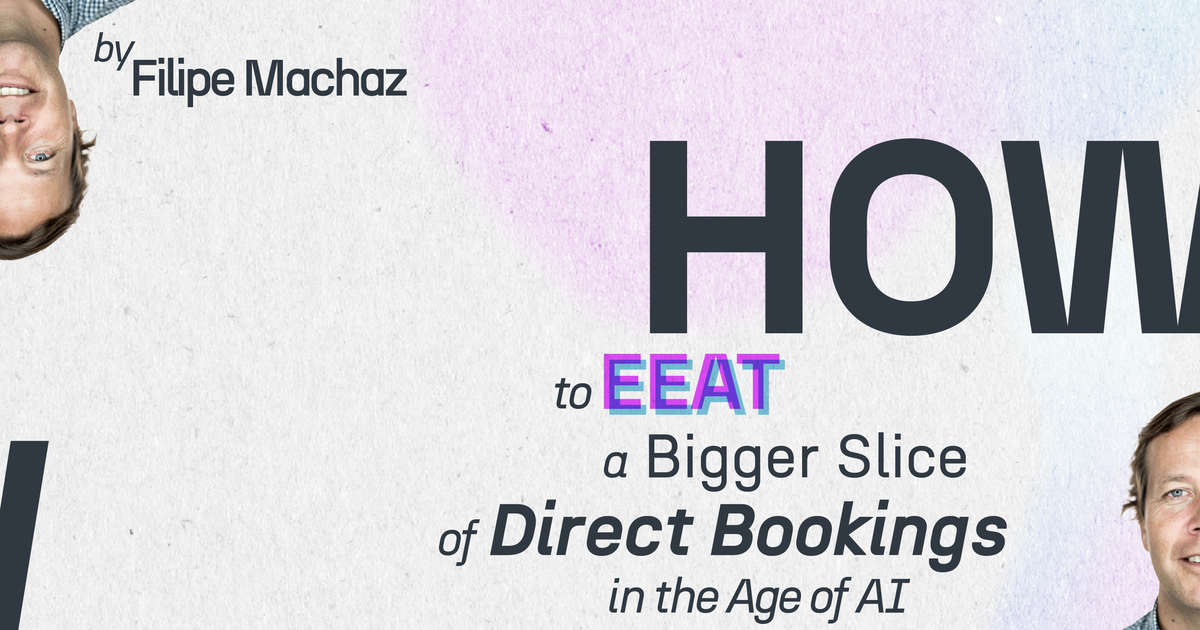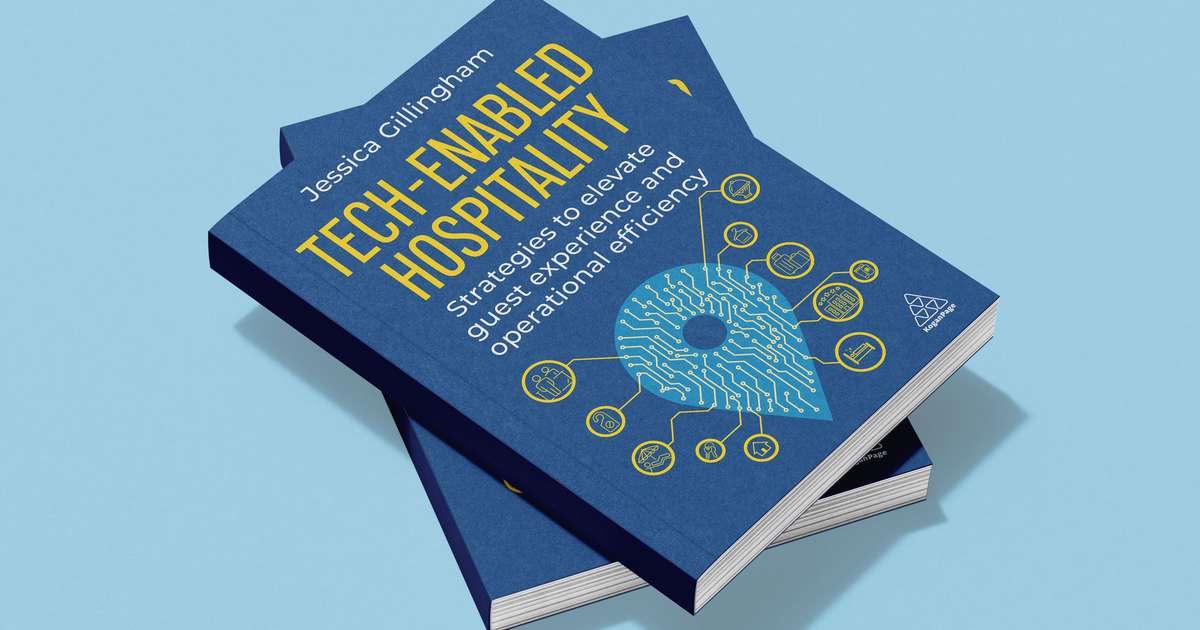
The hospitality industry has overlooked email and the inbox for too long. While hotels invest resources in websites and social media, email remains one of the most valuable yet underinvested in customer touchpoints. Not only the hotel’s own email marketing program, but also emails from trusted, third-party media brands that lend credibility and discovery en masse in the upper funnel, before your potential guests have started searching or making purchase decisions.
With AI repositioning the inbox from a passive communication channel into an active interface for commerce and decision-making, now is the time to put email front and center.
The Data Advantage
Google’s recent announcement that Gemini can personalize search results using Gmail data signals a broader trend. The inbox contains longitudinal, behavioral data that reflects actual customer decisions, rather than just browsing patterns or click-through rates (the latter of which has been, for years, a far too simplistic metric to track ROI). For AI systems trained to interpret context and predict relevance, this represents a uniquely rich dataset.
Unlike cookie-based tracking, which faces increasing regulatory and technical restrictions, inbox data is durable and user-controlled. It provides continuity across devices and platforms, making it particularly valuable as an input for AI-powered recommendation systems.
A Trove of Personalized Data
The inbox serves as a searchable archive of customer preferences and behavior. An AI assistant could process a request like “Check hotel recommendations from my Travel+Leisure newsletters in the last six months and give me the top three recommendations” by searching the user’s email history, identifying the relevant properties, analyzing booking patterns, and executing a new reservation based on established preferences.
This new behavior eliminates multiple friction points in the booking process: comparison shopping, preference input, and manual search across platforms. The customer’s own email history becomes the interface for future transactions.
The implication for travel and hotel brands: you want to be in media brand newsletters as much as you want their online or print coverage. When your potential guests archive these emails, your brand enjoys long-term visibility that could drive bookings for years to come.
Commercial Activity Comes to the Inbox
Current emails serve as promotional vehicles, providing static information and links. This model will become obsolete as AI enables more sophisticated interactions within the email interface itself.
Consider a media brand newsletter that allows natural language modifications: “Book me a two-night stay at this hotel on October 25.” The email processes these requests through API calls, executes the changes, and confirms the updates—all without requiring the guest to visit external websites or download apps.
Strategic Implications
As the inbox becomes more interactive and AI-powered, several shifts become apparent:
- The inbox replaces websites and apps as the primary customer interface.
Guests interact directly with brands through intelligent email rather than navigating away from email to websites or social media channels. - Customer data increases. Unlike anonymized social media data, email-based intelligence gives brands more insights into their highest-value customers.
- Email presence becomes a competitive advantage. Hotels that maintain consistent, valuable communication will have stronger positioning in AI-powered recommendation systems.
The Infrastructure Question
The broader implication is that the inbox is evolving into cognitive infrastructure—a semi-private repository that AI systems use to understand customer preferences, provide hyper-personalized recommendations, and execute actions on their behalf.
Hotels that recognize this shift early can build competitive advantages around email-based customer intelligence and interactive communication. Those who continue to treat email as a secondary channel risk leaving potential guests on the table as customer interactions shift to more sophisticated interfaces.
The question isn’t whether this transformation will happen. We’ve seen transformation time and time again. Hotels that delayed developing websites in the early 2000s or creating a social media presence in the 2010s were left behind. Now is the time for brands to get ahead of the AI-driven inbox transformation and capitalize on it.
About Curacity
Curacity is a demand creation platform that helps travel brands measure revenue from upper-funnel marketing. By delivering premium content to opt-in subscribers of trusted media brands, Curacity enables hotels, resorts, and cruises to reach high-intent travelers during the inspiration phase, before they make purchase decisions. Its attribution technology closes the loop between marketing and bookings, identifying which media-exposed guests ultimately book a stay. Curacity empowers travel marketers to make smarter decisions with data by directly linking content to revenue. Named among Inc. 5000’s top 20 travel and hospitality companies and Digiday’s Best Content Marketing Platform of 2024, Curacity has its headquarters in New York with offices in Stamford, Conn., Toronto, and Buenos Aires. Visit www.curacity.com for more information.


